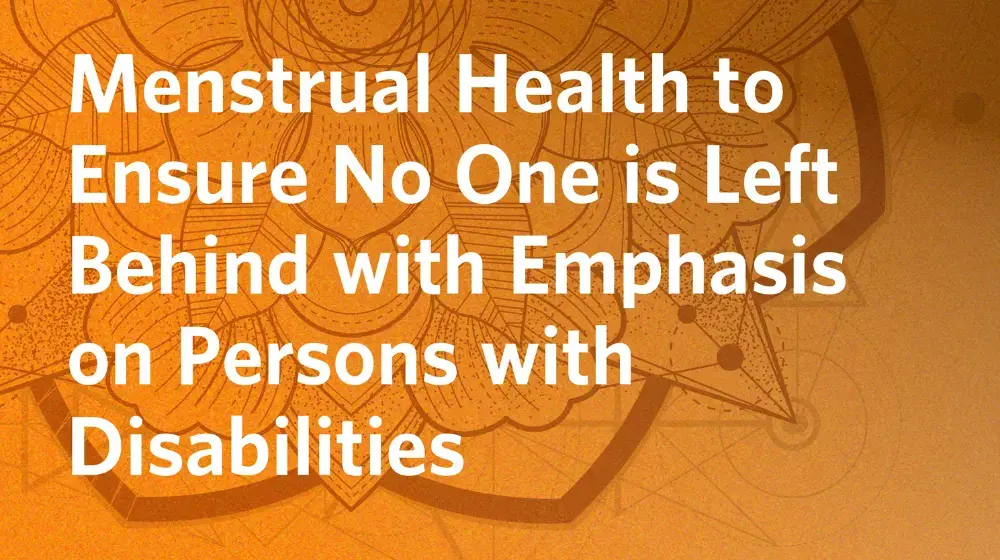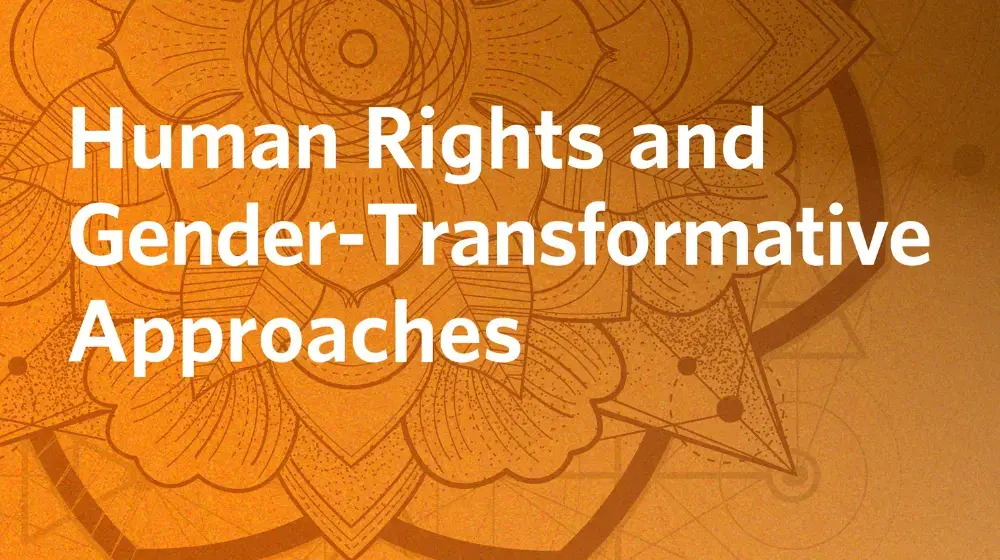It is possible to save the hundreds of women who die of pregnancy-related causes every day, write the Norwegian Minister of International Development Heikki Holmås and UNFPA Executive Director Dr. Babatunde Osotimehin in the Norwegian newspaper, Dagsavisen, on 9 July 2012.
One of the eight Millennium Development Goals the international community agreed upon in 2000 was a 75 per cent reduction in the number of women dying from pregnancy and childbirth. The deadline for reaching this goal is only three years away. While the goal is lagging behind the other Millennium Development Goals, there is still hope of achieving it by 2015, but only with an urgent, unprecedented infusion of funding and renewed political will.
More women survive
New statistics from the UN show a decline in maternal mortality in all developing regions in recent years. While the global maternal mortality ratio in 1990 was 400 maternal deaths per 100,000 live births, today, the numbers are nearly halved to 210 maternal deaths per 100,000 live births. Several developing countries have already achieved MDG 5, including Nepal, Vietnam, Iran and the Maldives. This is the result of targeted efforts to save women’s lives.
However, there are still 25 countries in the world which have seen little or no progress in the fight against maternal mortality. Still, a woman dies every two minutes in developing countries because of complications during pregnancy and childbirth. This equals 287,000 women every year. Most of these deaths could be prevented if the women had access to midwives, emergency obstetric care – including Caesarean sections – and to the right medicines.
New UN Commission on Life-Saving Commodities
An important initiative to accelerate the reduction in maternal mortality numbers is the establishment of a new UN commission in March this year.
The United Nations Commission on Life-Saving Commodities for Women and Children is led by Norwegian Prime Minister Jens Stoltenberg, Nigeria’s President Goodluck Jonathan, UNICEF and UNFPA, and will identify the greatest barriers to delivering life-saving health commodities in developing countries. The commission is synthesizing knowledge about priority life-saving supplies and will later this year issue concrete recommendations on ways to increase their availability.
International summit on contraception
Thousands of lives could also be saved each year if modern contraception was available to all women. Today, 222 million women who want to avoid pregnancy do not have access to modern family planning.
This problem is currently receiving increased attention. In July, the Government of the United Kingdom and the Bill and Melinda Gates Foundation will host a family planning summit aimed at meeting the unmet need for voluntary family planning throughout the developing world. As part of this initiative, Norway and UNFPA will commit to ensuring that millions more women have access to modern family planning by 2020.
Stock-outs
In many developing countries, women often have to travel long distances to access family planning and birth assistance. And even when a woman is able to reach a clinic, there is a risk that the health commodities she needs will be out of stock.
For example, a recent study found that many district hospitals and health clinics lack recommended stocks of oxytocin – a medicine to prevent bleeding after childbirth. Together with prolonged and obstructed labour, unsafe abortion and eclampsia, bleeding is one of the major causes of death among women. Oxytocin costs less than 4 kroner (70 cents) per treatment.
When women repeatedly face stock-outs of medicines or contraceptives, many eventually give up, and the integrity of the health systems is undermined.
Discarded medicines
Most developing countries want to reduce deaths from pregnancy and childbirth, however, budgetary constraints and fragmented health systems make it difficult for them to take action. National and local health authorities often lack effective methods and tools for forecasting needs for contraceptives and life-saving reproductive health supplies. Better forecasting is essential, since it can sometimes take as long as two years for supplies to be procured and delivered.
Logistical problems and poor infrastructure hamper the transport of medicines, contraceptives and other supplies from cities to remote or rural areas. It is not uncommon for countries to have abundant supplies on hand in urban warehouses, but they never reach their intended rural destinations because roads are washed away, trucks are out of service or fuel is unavailable. As a result, supplies eventually pass their expiration date and must be discarded, having benefited no one.
Also, due to a lack of electricity in rural areas, medicines that have not been kept cool enough may have to be discarded. It is therefore important to ensure access to energy and cold chain facilities from where the medicines are produced and all the way to the local clinic.
Think new
Still, while getting supplies to rural areas is challenging, it is not impossible. Solutions emerge when we think outside the box. Colalife, for example, is a non-profit organization that relies on the Coca Cola Company’s distribution systems to deliver life-saving medicines to rural areas. The idea for the arrangement came when Colalife’s founder noticed that, even in the most remote villages in Africa, it was still always possible to buy the soft drink.
Another important factor related to access barriers in developing countries is the price of the products. Supplies of reproductive health 'commodities' may reach the village level, but may be too expensive for the rural poor. The new United Nations Commission will also identify ways to make medicines and contraceptives affordable to all while maintaining incentives for producers.
A golden moment
Opportunities to make major, rapid strides towards improving women’s lives and accelerate progress towards Millennium Development Goal 5 are rare. But with the new international initiatives for increased delivery of contraception and medicines, suddenly, there are two such opportunities before us. Norway and UNFPA pledge to do our part to meet the unmet need for family planning in developing countries and increase poor women’s access to life-saving medicines during pregnancy and childbirth.
By Norwegian Minister of International Development Heikki Holmås and United Nations Under-Secretary-General and UNFPA Executive Director Dr. Babatunde Osotimehin.




